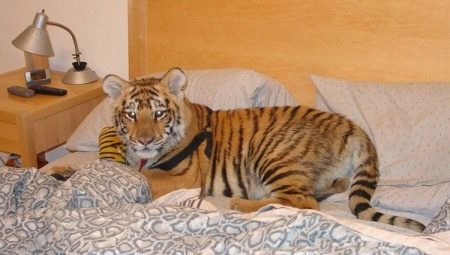Today, many pet lovers tend to surprise themselves and others by choosing some exotic animal as their pet. Despite the attractiveness of such a solution, it is nevertheless accompanied by a large number of problems with both the direct content and legal norms.
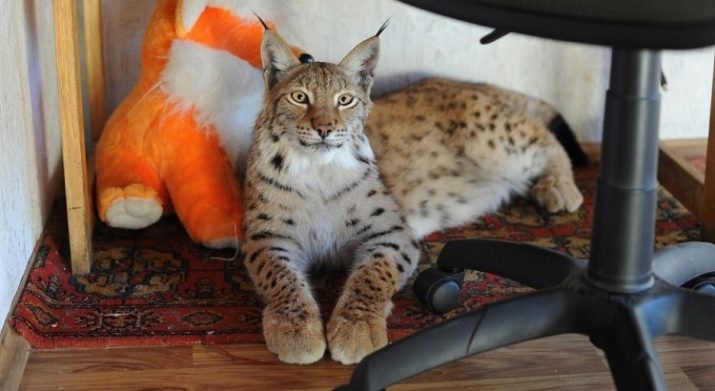
Advantages and disadvantages
Wild animals at home in humans, of course, are a source of numerous difficulties. You should not get yourself an exotic pet without special preparation, and it should be not only material, but also informational, as well as moral. In general, a person who decides to settle predatory animals at home needs to first communicate with those who already own an unusual pet and find out all the real pros and cons.
First, you will have to prepare an aviary, find suppliers of the products required for the diet, contact a good veterinarian and think about who will be constantly with the animal during its adaptation to new conditions.
If we talk about the advantages of such a decision, then the appearance of a pet in the house, as a rule, brings joy to the family, and also changing the usual way, gives the owners such qualities as responsibility, organization and tolerance. Besides, exotic animal in the house becomes a real informational occasion, allowing you to gain popularity on the Instagram network, become a member of television shows or interest print journalists.
Talking about the weekdays of your pet, you can even make good money.

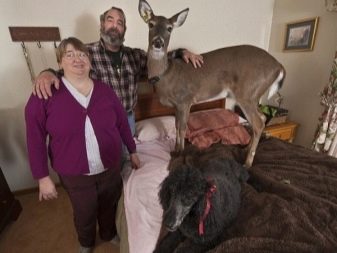
Is the keeping of wild animals legal?
In Russia, an unambiguous law has not yet been adopted, according to which it would be forbidden to keep wild animals in apartments. Initially, a list of representatives of the fauna was formed, which should not be kept in apartments, private houses and illegally organized contact zoos. The ban, however, did not apply to those animals that were purchased before January 1, 2020 - they are allowed to leave the owners. In addition, those animals whose natural habitat is significantly different from the possible artificial one were included in this list, and therefore relocation to “urban” conditions will lead to numerous diseases or even death. In general, it was a question of some species of snakes and lizards, crocodiles, turtles, arachnids and amphibians.
The townspeople lost the opportunity to have a bear, a tiger, a wolf, a lion and a hyena, some ungulates and birds. The document even indicated cetaceans and fish such as stingrays, perches, eels and sharks. Animals were selected according to two criteria: danger to humans and exposure to the adverse effects of an artificial environment. This prohibition did not apply to zoos, circuses, dolphinariums and other legally functioning organizations.
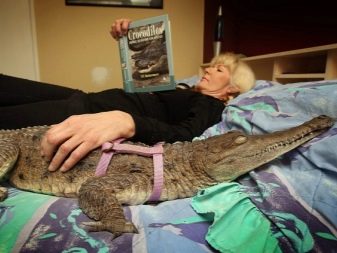

Nevertheless, in July 2019, it became known that some exceptions were made to the law. For example, It is legal to place an injured animal in a non-residential premises until it is transferred under the supervision of specialists. Employees of zoos, circuses and dolphinariums also have the opportunity to temporarily place animals while they are being treated, or while they are in a condition requiring additional care.
It turns out that the law on the responsible treatment of animals came into force on January 1, 2019, but regarding the maintenance of wild animals in the apartment, he still needs improvements that will come into force on January 1, 2020.
However, the owners of exotics should definitely clarify the issue of state registration of their favorites.
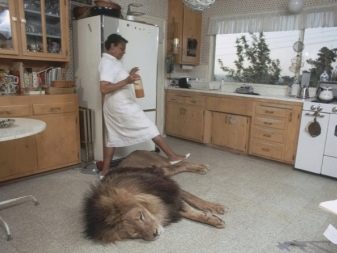

What kind of pets can I have?
Many animal lovers want to keep reptiles at home. However, experts still advise choosing those individuals that were specially put up for sale. Such terrestrial vertebrates are much less afraid of people, and also have better immunity.
As pets, monkeys, usually capuchins, are quite common. Despite the cute appearance of the animals at a young age, over the years they grow into extremely wayward animals, which not every amateur is able to cope with. Despite the great intellect of primates, it is very difficult to maintain them in an ordinary apartment or house.

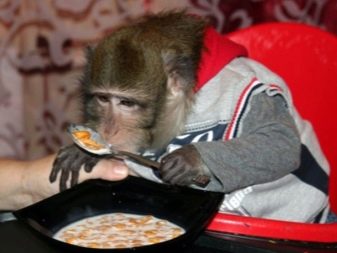
Surprisingly, predators such as tigers, lions and the like are very often chosen for home maintenance.. These animals are very beautiful, and they are even quite simple to buy for home keeping. However, as you might guess, such dangerous pets can be a source of serious trouble.
It’s much easier to coexist with kinkajou - "flower" bear, with an easygoing character and love for humanity. Animals feed mainly on fruits and, according to owners, are quite obedient. Of course, as with any wild animals, and incidents can occur with them - for example, kinkajou are often painfully bitten by the owners.



Sometimes it acts as a pet an eccentric skunk. Despite the well-known unpleasant odor, the animal has an excellent character, combining playfulness, obedience, and friendliness. Active animals have curiosity and love for games, but quite often show obstinacy. However, it is with skunks that a catastrophically unpleasant situation with rabies is likely. The absence of an approved vaccine leads to the fact that the diseased animal, especially attacking the owner or other pet, is confiscated and subjected to euthanasia.
Recently become very popular raccoons. It is necessary to start them necessarily at an early age in order to be able to raise the baby properly. And it’s also important to contact only trusted suppliers, not “buying” dubious low-priced ads.
Despite the fact that raccoons are happy to spoil furniture and try to stick a curious nose into all the nooks and crannies, they become full members of the family, delighting the owners on a daily basis. This animal has a good-natured disposition, it is very affectionate, playful and communicates well with other 4-legged inhabitants of the apartment. Nevertheless, it is important to remember that the situation with rabies in the case of raccoons is similar to skunks, and therefore it is categorically important to prevent the introduction of rabies from the wild.
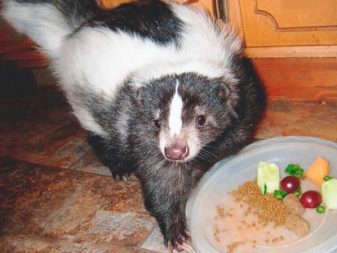
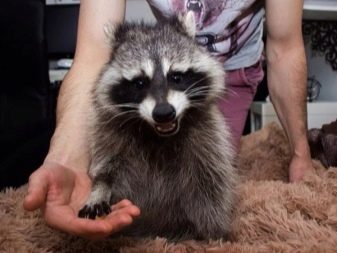
A very “comfortable” pet is considered fenech fox - a tiny animal bred in captivity. Proper education allows you to grow an obedient animal that lives in a city apartment or private house without any problems. Specificity in the content of Fenech, however, is also available.
Another wild animal is Wolfhound - a hybrid of a wolf and a dog. The genes of the ancestors make this breed quite difficult in training and easy to communicate, but the right tactics allow you to transform wolfhounds into reliable and obedient companions of man.
You can get anyone, but you should not forget about common sense, acting in accordance with the laws of the country in which the animal is to be inhabited.
Of course, for your own safety, preference should be given to those animals that were raised in the nursery, and not just found in the forest.
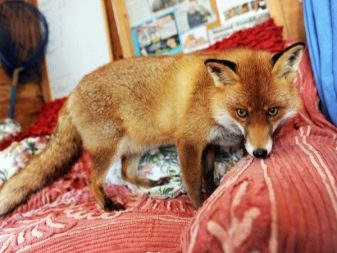
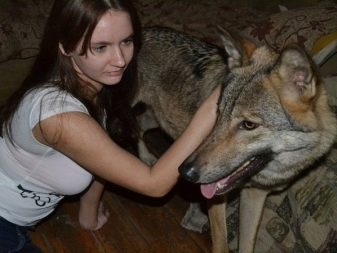
Care Features
Keeping a wild animal at home can be difficult or as easy as a regular dog. Everything, of course, is determined depending on the type of pet. Special help is required for young skunks, raccoons, ferrets and others - It is recommended that you even take a vacation for the first time and stay all the time next to the little animal, feeding it literally by the hour. The older the animal becomes, the greater freedom it must be given, but at the same time not forgetting the need for training.
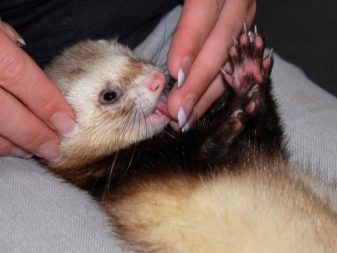

Features of caring for a wild animal can be considered on the example of a raccoon. He is not considered the most “complex” occupant of the apartment, but still brings much more trouble than an ordinary cat or hamster. Raccoons need a huge amount of attention, and also are not able to stay in a confined space for a long time. It means that at least 4-5 hours a day with the animal, it is necessary to purposefully spend time outside the enclosure, of course, not forgetting walks in the fresh air.
Until the pet reaches puberty, it needs even more attention from the owner.
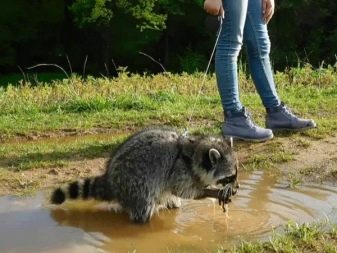
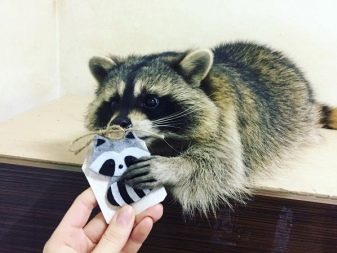
A raccoon cannot be left unattended if it is not closed in the aviary. This animal is capable of destroying everything - from a gas stove to a water tap, while “biting” it with protruding wires. It is best to close the strip for the night, as well as for the time when no one is left in the apartment. In the enclosure of sufficient area there should be a tray, drinking bowl, feeder, as well as a place where the pet can relax. The temperature in the raccoon's home should not fall below +18 degrees Celsius, it should also be protected from drafts, but regularly ventilated.
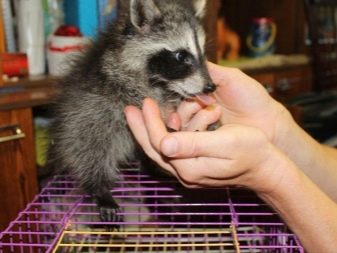
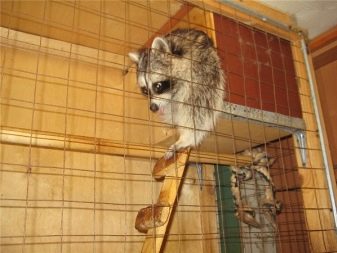
Ideally, a raccoon even stands out as a whole room, protected from sockets and freed from valuable equipment. In addition to elements of the environment that satisfy basic needs, a full-fledged playground is equipped for the pet with crossbars, bridges, a hammock and a Swedish wall. It is necessary to raise a raccoon from the first days, responding in time to the signals given to the animals, as well as with constant patience and good mood, transferring all its pranks.
In addition, from childhood, the animal will be accustomed to a leash and a tray.The diet should be complete and varied, in addition to premium dry food, including nuts, quail eggs, dried fruits, grapes and seafood.

You can learn how to raise a monkey by watching the video below.
